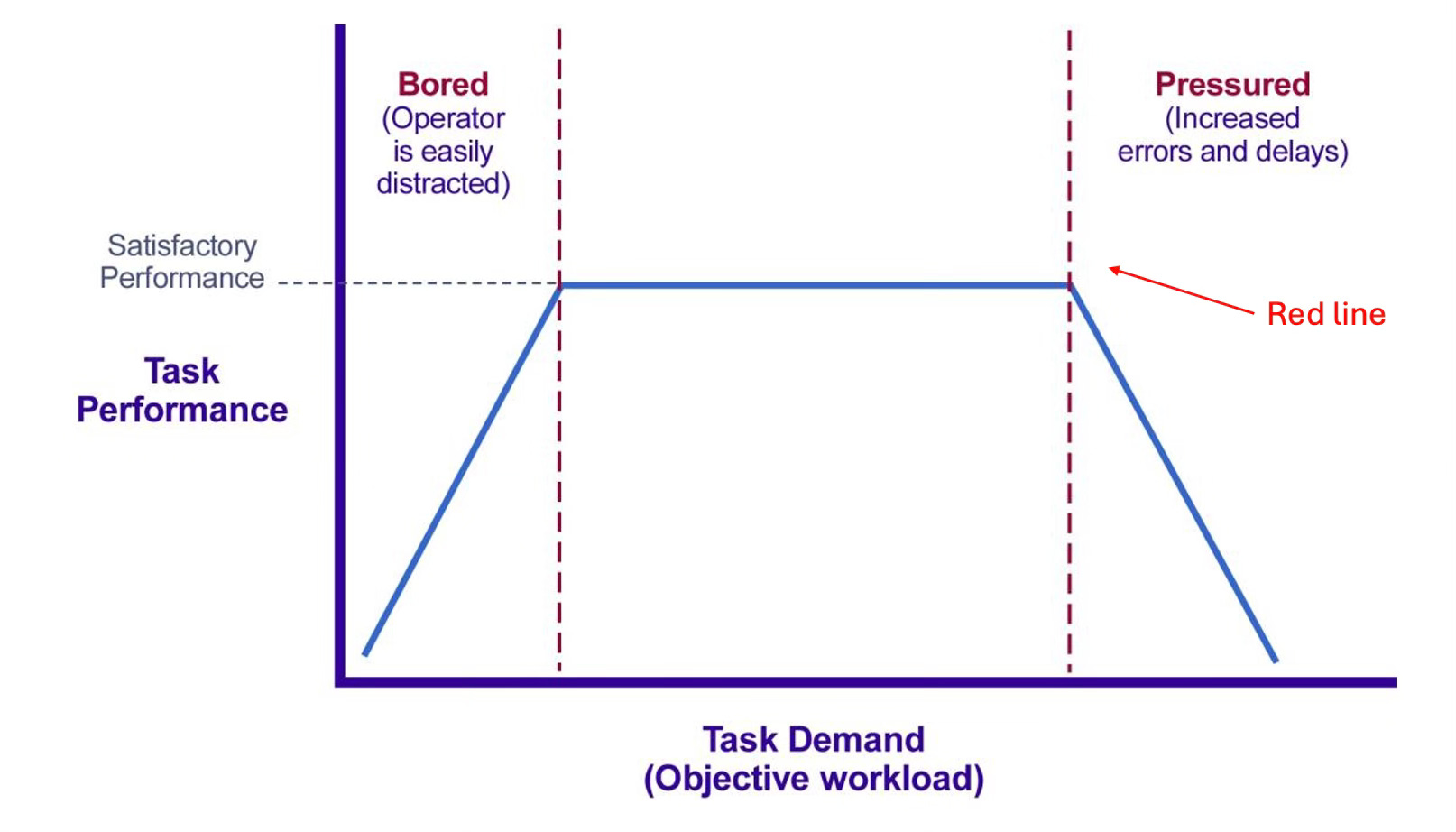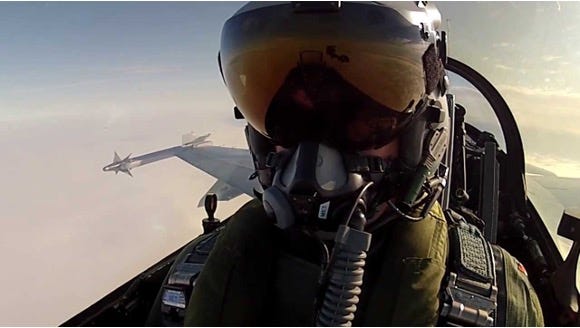Cognitive Workload: The Critical Balance in Space Operations
Part 2: Understanding and Managing Mental Demands

This three-part series examines how humans process information in space environments and explores the implications for mission success, system design, and future space exploration.
You are currently reading Part 2, but if you missed Part 1, here’s a quick recap.
Part 1: Understanding Human Information Processing in Space Operations
How do humans receive, interpret, and respond to information in space? We explore the fundamentals of human information processing and examine how the space environment affects our cognitive capabilities. From basic sensory input to complex decision-making, we look at how the human brain adapts to operate in one of the most challenging environments imaginable.
Part 2: Cognitive Workload: The Critical Balance in Space Operations
What happens when mental demands exceed human capacity? Part 2 looks into cognitive workload—quantifying mental effort and understanding its impact on performance. We'll explore the delicate balance between task demands and human capabilities, introducing the crucial concept of the "Red Line" in performance.
Part 3: Optimising Human Performance in Space: From Theory to Practice
How do we apply our understanding of human cognition to improve space operations? The final part examines practical applications, from system design to training protocols. We'll look at current practices, future challenges, and the broader implications for both space exploration and terrestrial operations.
Part 2: Understanding and Managing Mental Demands

Cognitive workload, a fundamental aspect of human information processing, quantifies the mental effort required to complete tasks. In space operations, where tasks range from analysing telemetry data to troubleshooting critical systems, understanding and managing cognitive workload becomes vital for mission success and crew safety.
The Complex Nature of Cognitive Workload
The relationship between workload and performance is multifaceted, influenced by:
- Task complexity and demands
- Individual operator differences
- Duration of work periods
- Environmental conditions
- Task combinations and interactions
Cognitive Workload and Performance

Research demonstrates a non-linear relationship between workload and performance:
1. Low Workload Zone
- Minimal resource utilisation
- Sub-optimal performance due to low arousal (boredom)
- Risk of decreased situational awareness
2. Optimal Performance Zone
- Balanced resource utilisation
- Stable, efficient performance
- Adequate reserve capacity for unexpected events
3. High Workload Zone
- Resource overutilisation
- Declining performance, pressure
- Reduced capacity for additional tasks
The Critical "Red Line
A crucial concept in workload management is the "Red Line"—the point at which task demands exceed operator capacity. Operating beyond this threshold:
- Increases error probability
- Reduces situational awareness
- Compromises decision-making quality
- Limits ability to handle emergencies
Measuring Cognitive Workload
It is therefore important to evaluate and reduce workload in the development cycle of (space) systems, which involve highly procedural and repetitive tasks completed by multiple crew members often with complex systems simultaneously.
Both short duration and long duration workload measurement requirements need to be factored in when developing new systems for (space) operations.
To avoid imposing excessive workloads, a workload prediction by task analysis should be conducted before a system is fielded; and assessment of workload after a user uses a completed system or system component should ideally be carried out.
Multiple measurement approaches provide comprehensive workload assessment. This is just a brief overview of some of the methods available.

1. Primary Task Performance Measures
Measurements are taken of how well the operator performs the main task at hand e.g. piloting the aircraft, driving a car, operating machinery. Measurements, such as speed and positioning, are taken.
Primary task performance is expected to decrease as mental workload increases.
Examples include:
- Direct performance metrics
- Task completion rates
- Error frequencies
- Response times

2. Secondary Task Performance Measures
Measurements are now taken of how well the operator performs a second task as well as the primary task. They might be asked to do a memory recall test, mental arithmetic, or something that involves measuring their reaction time.
Secondary task performance is also expected to significantly decrease as mental workload increases and spare mental capacity diminishes.
Examples include:
- Resource capacity assessment
- Multi-tasking capability
- Attention allocation patterns

3. Physiological Measures
As the name suggests, measures of physiology are taken that may be affected by increased or decreased mental workload. Heart rate, heart rate variability, eye movement and brain activity have all been used to provide a measure of operator workload.
The main advantage of taking these measurements is that they do not intrude on the primary task, and so may be a truer measure of mental workload than secondary task performance.
Examples include:
- Heart rate variability
- Eye movement patterns
- Neural activity indicators
4. Subjective Ratings
Either during or post-task, subjects are asked to rate their perceived mental workload. There are the normal issues of subjective ratings and forgetting certain aspects of the tasks, but these are normally less intrusive measurements than those previously mentioned.
There are a number of different scales, but the one I taught the astronauts was NASA-TLX (Task Load Index). This is a multi-dimensional tool and measures six sub-scales, which are mental demand, physical demand, temporal demand, effort, performance and frustration level.
Examples include:
- Operator self-assessment
- Workload perception
- Effort evaluation
Despite the availability of reliable techniques for measuring operator workload, there has been less research on how workload affects performance in extended missions, particularly in extreme environments with expert operators such as astronauts on a long-duration mission.
This is Part 2 of a 3-part series on Human Information Processing in Space Operations. Part 1 focused on understanding Human Information Processing, and Part 3 will address practical applications and optimisation strategies.





